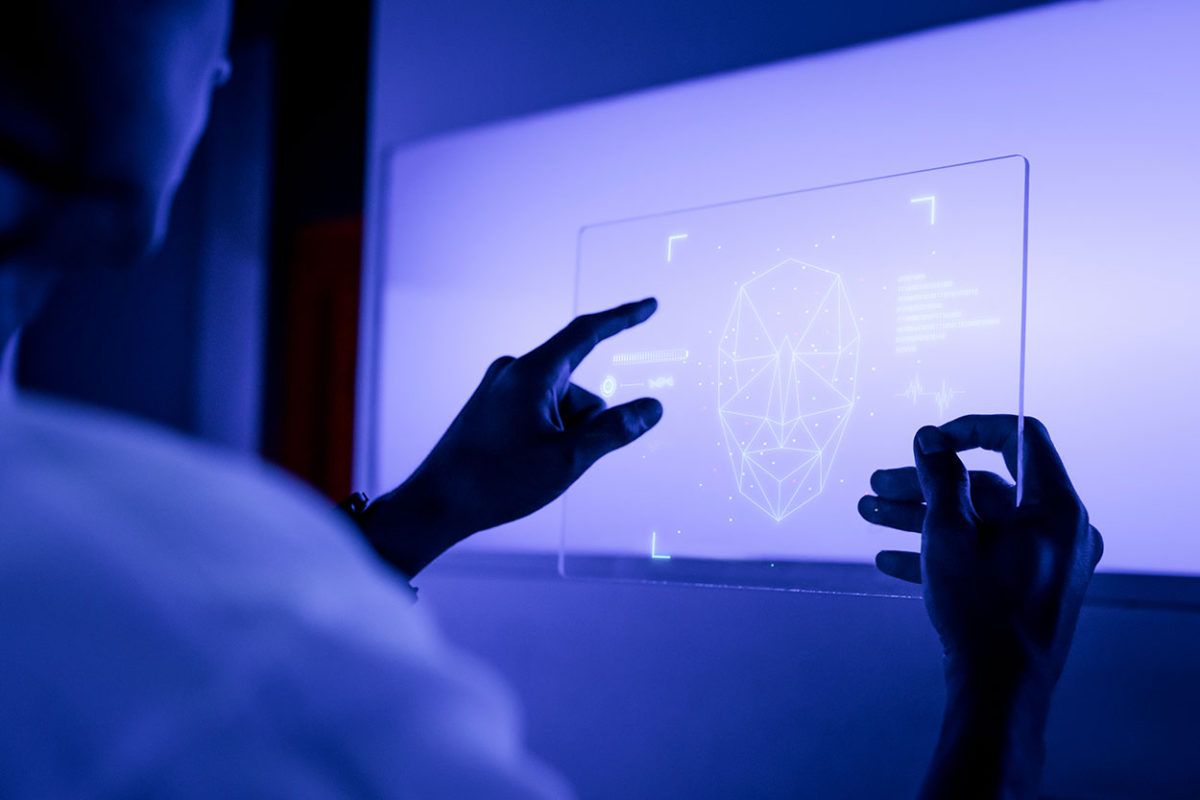Object detection is a critical field in Artificial Intelligence (AI), as it allows computer systems to «see» and «comprehend» their environments by detecting objects in visual images or videos.
It is used to detect visual objects of various kinds (humans, animals, cars, or buildings) in digital images such as photos or video frames. Its goal is to develop computational models that provide the most basic information computer vision applications need (where the objects are and what they are doing).
Why is object detection important?
Object detection is one of the cornerstones of computer vision and forms the basis for many other subsequent tasks—for instance, segmentation, image captioning, object tracking, and more.
Specific object detection applications include pedestrian detection, people counting, and face and text detection.
Object detection + deep learning
Rapid advances in deep learning techniques have greatly accelerated the momentum of object detection. With deep learning networks and the computing power of GPUs, the performance of object detectors and trackers has improved tremendously, achieving significant advances in object detection.
Machine learning (ML) is a branch of artificial intelligence (AI). It involves learning patterns from examples or sample data as the machine accesses these and can learn from them (supervised learning on annotated images).
How does object detection work?
Thanks to an article from viso.ai, we can learn that object detection can be performed using traditional image processing techniques or modern deep learning networks:
- Traditional image processing: Image processing techniques generally do not require historical data for training and are unsupervised in nature.
- Advantages: These tasks do not require annotated images, where humans manually label the data (for supervised training).
- Disadvantages: These techniques are restricted to multiple factors, such as complex scenarios (no single-color background), occlusion (partially hidden objects), illumination and shadows, and clutter effect.
- Modern deep learning networks: Deep learning methods rely on supervised training. Performance is limited by the computational power of GPUs, which is rapidly increasing year after year.
- Advantages: Deep learning object detection is significantly more resilient to occlusion, complex scenes, and challenging lighting.
- Disadvantages: A large amount of training data is required (plus the image annotation process is laborious and expensive).
Finally…
Object detection is one of computer vision’s most fundamental and challenging technologies. Consequently, it has received significant attention in recent years, especially with the success of deep learning methods that now dominate the latest detection methods.
Object detection is becoming increasingly important for computer vision applications in any industry.
Stay tuned! Our next article will tell you about the use cases and how we employ them at LISA Insurtech.
You can’t miss it!
